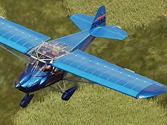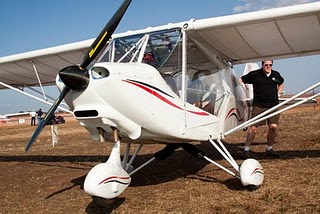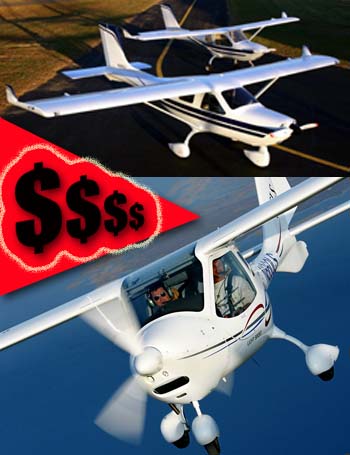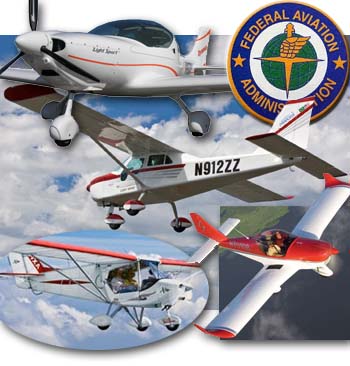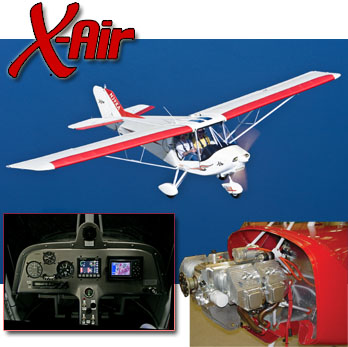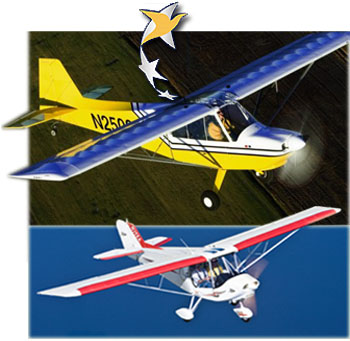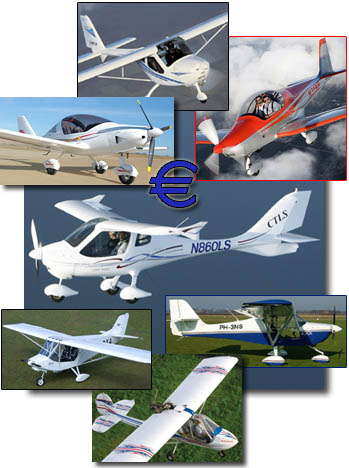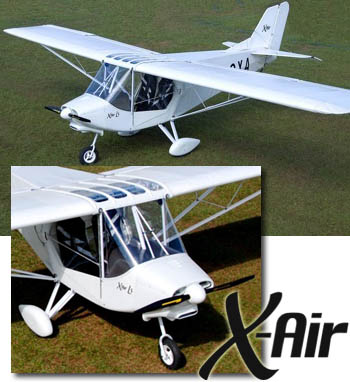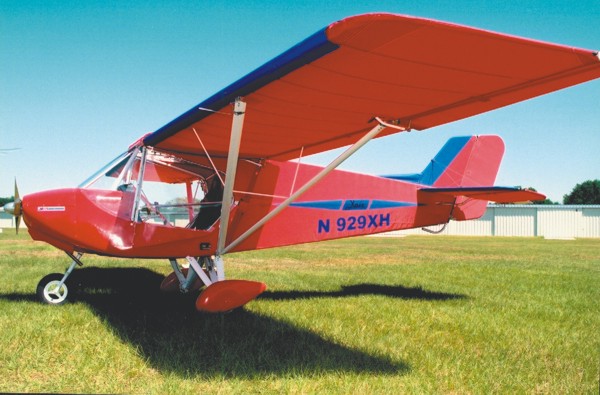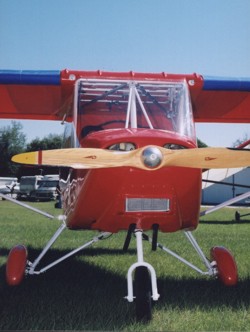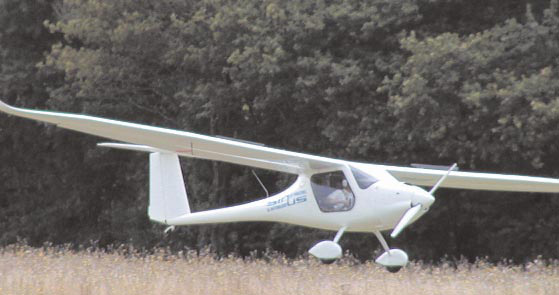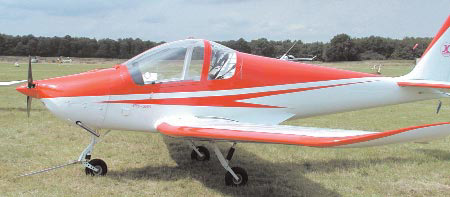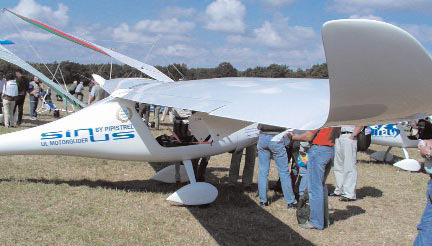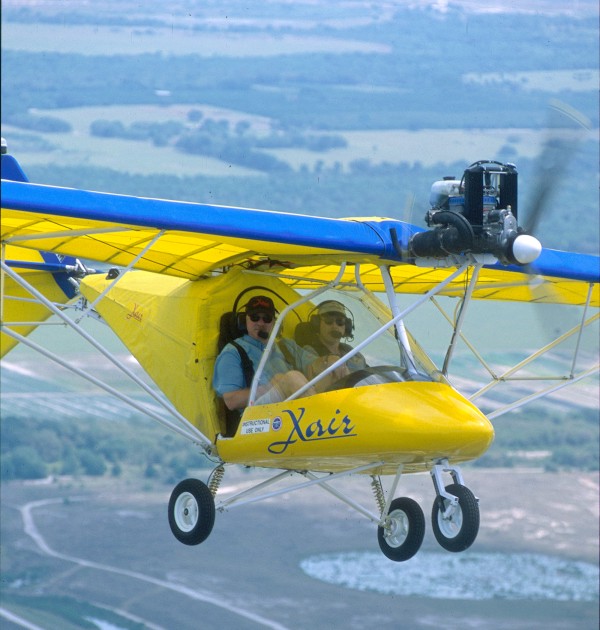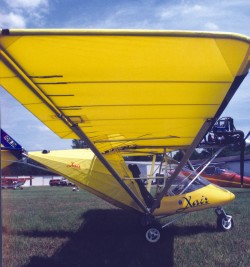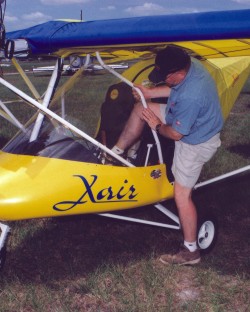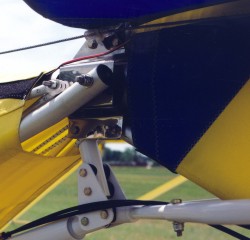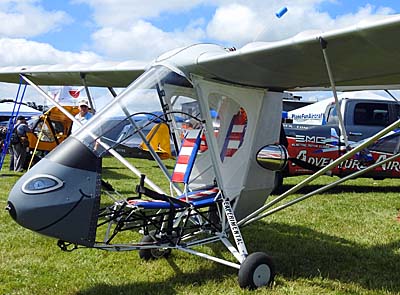
Before America becomes completely consumed with Eclipse Viewing Fever, you might want to pull your (solar filter-protected) eyes away from the soon-to-darken sky to catch a few glimpses of intriguing aircraft from EAA’s summer celebration of flight. In this pre-Eclipse weekend post, I’ll show you some images of cool flying things I saw at the big event. Starting off with my fascination about spaceflight, EAA communications guru Dick Knapinski told of the challenges of arranging an 80-foot-tall flying machine on the central Boeing Plaza square. This is where you see a changing kaleidoscope of aircraft from old to new and slow to fast. However, no aircraft I’ve ever seen in this location flies as fast, stands as tall, or is more unique than the Blue Origin rocket. From the billionaire-thick wallet of Amazon founder Jeff Bezos comes this space flight company that is competing with Space Exploration or SpaceX among others in the new era of private space companies.


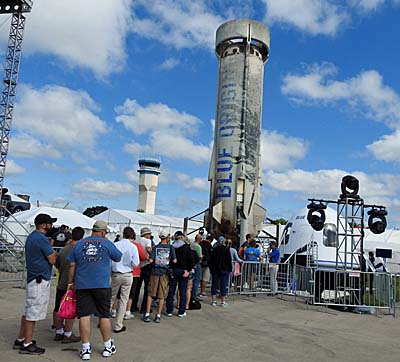 In this pre-Eclipse weekend post, I'll show you some images of cool flying things I saw at the big event.
Starting off with my fascination about spaceflight, EAA communications guru Dick Knapinski told of the challenges of arranging an 80-foot-tall flying machine on the central Boeing Plaza square. This is where you see a changing kaleidoscope of aircraft from old to new and slow to fast. However, no aircraft I've ever seen in this location flies as fast, stands as tall, or is more unique than the
In this pre-Eclipse weekend post, I'll show you some images of cool flying things I saw at the big event.
Starting off with my fascination about spaceflight, EAA communications guru Dick Knapinski told of the challenges of arranging an 80-foot-tall flying machine on the central Boeing Plaza square. This is where you see a changing kaleidoscope of aircraft from old to new and slow to fast. However, no aircraft I've ever seen in this location flies as fast, stands as tall, or is more unique than the 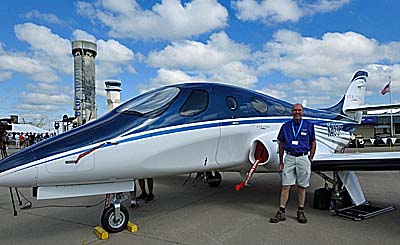 Nearby, from one of light aviation lightest aircraft sellers — Michael LeMaire and his
Nearby, from one of light aviation lightest aircraft sellers — Michael LeMaire and his 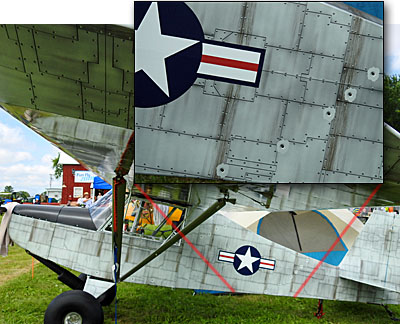 Machines like Stratos aren't what we usually cover here — any more than space rockets — but since it was beautiful to behold and is coming from one of our LSA suppliers and supporters, I enjoyed a look-see and thought you might as well.
On the way to the Ultralight Area — rebadged as the Fun Fly Zone (an accurate name, IMHO) — we passed by the antique airplane area with its own red barn, seen in the background of the nearby image. What caught my attention was the snazzy paint job or decal on this taildragger.
It doesn't compare to the superlative
Machines like Stratos aren't what we usually cover here — any more than space rockets — but since it was beautiful to behold and is coming from one of our LSA suppliers and supporters, I enjoyed a look-see and thought you might as well.
On the way to the Ultralight Area — rebadged as the Fun Fly Zone (an accurate name, IMHO) — we passed by the antique airplane area with its own red barn, seen in the background of the nearby image. What caught my attention was the snazzy paint job or decal on this taildragger.
It doesn't compare to the superlative 